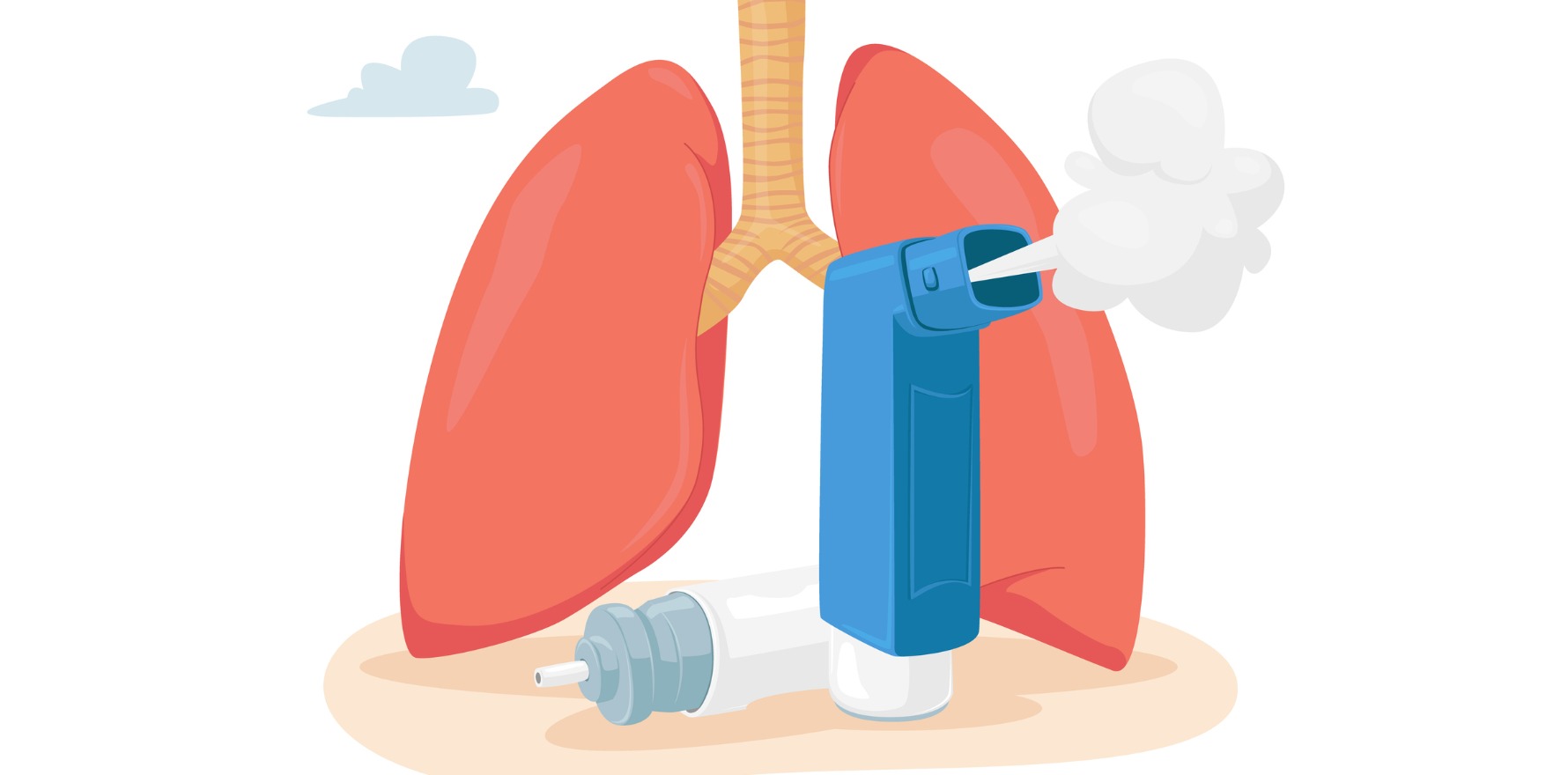Two in three patients use their inhaler incorrectly, but there are ways to lower the risk.
Up to two-thirds of COPD patients make at least one mistake with inhaler devices, highlighting the importance of clinician assessments of technique, experts say.
In a recent study of around 360 Swedish COPD patients in primary and secondary care, two out of three of the 660 video-recorded demonstrations revealed one or more critical error.
The authors defined a critical error as failing to follow the steps in the patient information leaflet.
Most participants incorrectly prepared and loaded the dose.
“Other common critical errors were exhalation into the device prior to inhalation for the dry-powder inhalers, errors in inhalation manoeuvre and errors related to opening the device for the Respimat,” the authors wrote in Primary Care Respiratory Medicine.
The most used device models in the study were Turbuhaler, Handihaler and Easyhaler.
However, the greater the number of device models that patients used, the higher the chances they would make a mistake.
“The odds of making [one or more] critical error was three times and nearly nine times higher in patients using a combination of two or three or more inhaler device models, respectively, in comparison with patients using only one device model,” the authors said.
This was important since use of multiple devices is common among COPD patients, they added.
“The results from this cross-sectional study…showed that the proportion of patients making critical errors in inhaler technique was substantial,” they said.
“As critical inhaler technique errors can lead to suboptimal COPD treatment, this study highlights the importance of assessing patients’ inhaler technique, choosing an optimal inhaler device model or combination of models and teaching the correct inhaler technique individually to each patient.”
The authors also encouraged minimising the number of inhaler device models for patients who needed more than one drug in their COPD treatment.
“We propose using fixed-dose inhalers or adding a second device of the same inhaler device model that a patient has already mastered when a fixed-dose inhaler is not an option,” they added.





